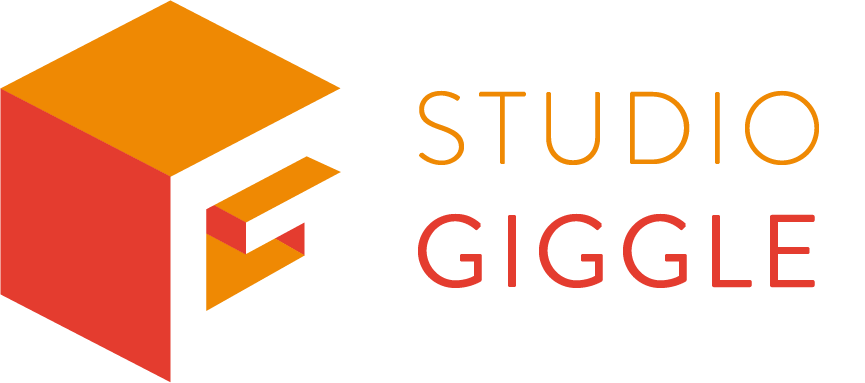VR isn’t the only modern technology changing how we do things. Augmented reality is also being used in many different industries to make our lives easier. AR allows the user to be immersed without having to wear a headset. For this reason, it is the perfect software to gently ease users into the world of VR, and it’s because of this that it came to fame in 2016 with the Pokemon Go app. But it can be used outside of the world of entertainment.
Shopping, both online and in-store, is one of the industries utilising AR to showcase their products. In 2012Uniqlo launched its AR software, the ‘magic mirror’: the mirror allowed users to try on various versions of an item of clothing without having to take the time to change. To use the virtual fitting room you just put one of the items on and walk in front of the special mirror and then you could select different colours, which would then be projected onto your reflection.
This idea was taken one step further by IKEA who allowed you to have your own AR experience within the comfort of your house. This was in the form of an app that allowed users to see what different furniture would look like in their home. The app used the Apple’s AR Measure tool to work out the size of the room, thus getting rid of the need to measure the space before finding furniture that would fit. After scanning the room with a smartphone you could place furniture around the room and see what it would look like and how it would fit in the space. This takes a huge amount of guesswork out of furniture shopping as it would allow users to experiment with style and colour before making the commitment to buy something. The user can even walk around the objects and interact with them, take photos or leave the room and come back to see it in the same place.
AR is such an easy software to use because all you need is a smartphone camera to create an experience. It’s for that reason that AR is so successful on apps like Snapchat and Instagram which allow you to change the way you look by using different AR selfie filters. However, some companies are taking the use of AR one step further than just a selfie filters. L’Oreal, MAC and Sephora are just three of the many companies who have launched their own AR make up software. These apps allow the user to virtually apply different shades of lipstick or eyeshadow to their face. Users can then move around and the makeup stays on their face, and take photos of themselves. This allows the user to get an idea of how the product will look on them before they buy. Mac even incorporated a Uniqlo style magic mirror into its stores. Make-up app YouCam Makeup has become one of the most popular AR apps in the world, having been downloaded over700 million times and has a total of 60 million monthly active users.
Similarly to our blog on the uses of VR in the military, AR is a key technology for fighter pilots in the RAF. A new ITV series ‘Fighter Pilot: The Real Top Gun’ follows the lives of Pilots training to fly the RAF’s new £100 million fighter plane, the F-35. A key part of the pilot’s ability to fly the plane is having the right technology and this is particularly important with their helmets. A single pilots helmet cost over £250,000 to make. These helmets are so expensive as they are specially designed to overlay AR features like real-time footage from the planes external cameras. The helmet’s contains all the computer systems that a pilot would need in a battle. The system also allows the pilot to see a 360-degree view around the plane, eliminating any blind spots, thus allowing them to work out any potential threat.
Recently Google has even been experimenting with AR to help improve searchers lives. The first introduction of AR that we saw within Google was the ability to search for an animal and then see the results as an AR version of the creature in real space. The search used a smartphone camera to scan the room and then would show you the life-size animal in that space.
Google then took this one step further by introducing AR to Google maps to help people searching for directions. The software uses the camera on the rear of your phone to identify where you are, then superimposes directions and details onto the screen, rather than just presenting you with a map. This can make a difference when trying to navigate new countries or cities where you are unable to read street names, or even just when you don’t know which direction you need to start walking in.
AR seems to be a key technology for the future. It is less invasive than VR which means it could appeal to a larger audience and can be incorporated into everyday life without a struggle. Google’s addition of AR into its search and map functions shows just how much AR is a tech that everyone can and will use in the future.
If you’d like to find out a bit more about how to incorporate AR into your work then get in touch with us on 0117 972 0081 or email jon@studiogiggle.co.uk


